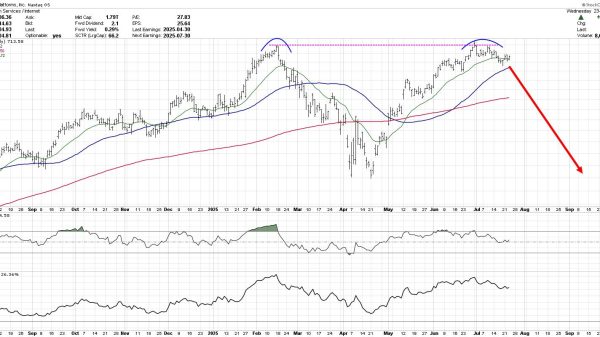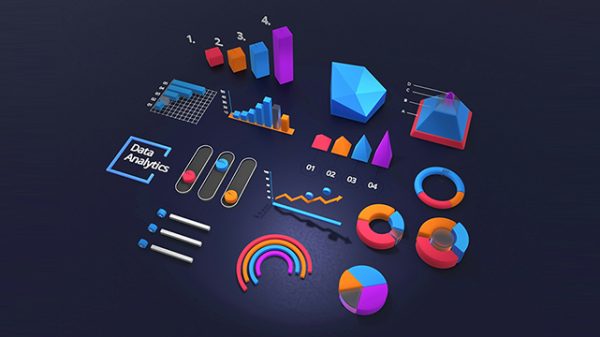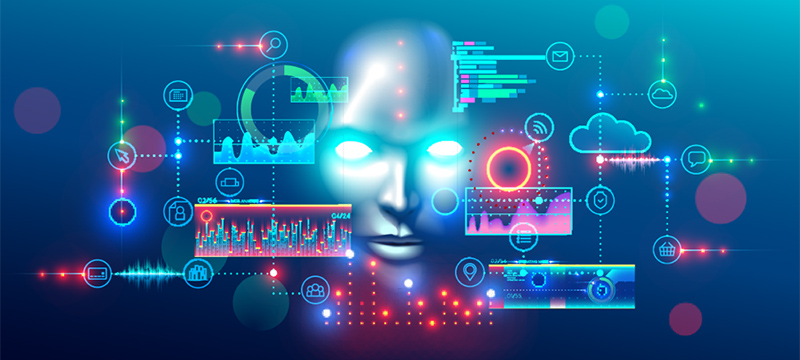IoT has revolutionised how we interact with technology and the world. It has created a network of interconnected devices that share data and insights, making our lives more efficient and convenient. As a result, IoT has become an integral part of our daily routines, ingrained in logistics networks, supply chains, smart cities, and much more.
While IoT has already significantly impacted our lives, integrating AI into IoT systems is the likely next step in its evolution, with its potential to help IoT systems become more efficient and effective. But is the autonomy and instant decision making, in what is essential a black box a cause for concern?
Let’s explore both sides of the coin, starting with the positive aspects of AI in IoT.
Benefits of AI
There are many ways in which AI has the potential to revolutionise IoT. Firstly, AI can process and analyse vast amounts of data generated by IoT devices more efficiently and effectively than traditional methods. Using machine learning algorithms, AI can identify patterns, derive insights, and make predictions based on the data collected from IoT-connected devices. This enables organisations to extract valuable information and act proactively.
Taking this a step further, AI could take over that decision-making process and implement new strategies or approaches based on changing data, conditions, and reactions without human intervention. This can increase efficiency, reduce human error, and improve productivity across various applications such as smart homes, industrial automation, transportation, and healthcare.
These better decisions will positively impact energy usage in IoT systems. Furthermore, by analysing data from sensors and devices, AI can identify energy consumption patterns and optimise efficiency. For example, in a smart building, AI can automatically analyse occupancy data to adjust heating, cooling, and lighting systems, resulting in energy savings. Meanwhile, by improving predictive maintenance of IoT-connected devices, AI can reduce downtime, optimise performance, improving overall equipment reliability.
A final promising opportunity for AI and IoT is in Edge Computing, which has been a topic of interest in IoT for some time now. Since AI can be deployed at the edge, it is possible that real-time decision-making could be enabled, and the need for constant data transmission to the cloud could be reduced. This would improve latency, bandwidth usage, and privacy while enhancing the overall efficiency of IoT deployments.
Challenges of AI
While AI brings numerous potential benefits to B2B IoT applications, some concerns and challenges must be addressed. First and foremost, data privacy and security, due to the amount of sensitive data being collected and processed by a technology which has full autonomy and yet is completely hidden from sight of humans.
Companies must ensure adequate measures to protect data from unauthorised access, breaches, and misuse. In addition, there is a clear need to improve the transparency of the decision-making processes of AI, including the ability to take back control and/or reverse decisions, so not to lose control over the system.
The reliability and accuracy of AI algorithms in B2B IoT applications are of utmost importance. Incorrect or unreliable AI predictions can have significant consequences, especially in critical healthcare, transportation, and manufacturing applications. Therefore, ensuring the accuracy and robustness of AI models, along with rigorous testing and validation, is essential to maintain trust and confidence in B2B IoT systems.
Of course, integrating AI with existing IoT systems can be complex and challenging. For example, B2B organisations may already have established IoT infrastructure, and integrating AI capabilities into these systems requires careful planning and implementation. In addition, compatibility, scalability, and interoperability issues may arise when integrating AI algorithms into various IoT devices and platforms.
There are also a couple of elephants in the room regarding AI implementation. Firstly, there is a concern about the shortage of AI experts and data scientists who can develop, deploy, and maintain AI systems effectively. As a new technology, organisations must invest in training programs and provide resources for upskilling employees to bridge this skill gap.
The second is regulation. There are numerous calls from governments, enterprises, and even the godfathers of AI to get regulation in place rapidly. As a result, any AI implemented into IoT applications today may well be subject to legal challenges tomorrow. Compliance will be essential, but right now, it will take a great deal of future-gazing to anticipate the likely regulations that come to pass.
Conclusion
Over-reliance on AI could lead to situations where humans lose control or understanding of underlying processes. This can result in unintended consequences, such as systems behaving unexpectedly or failing entirely.
As such, any AI implementation in IoT systems must be designed with human oversight and intervention to ensure that humans retain control over the technology. Additionally, it is essential to have fail-safe mechanisms in place to prevent such unintended consequences.
Overall, there are clear opportunities in integrating AI into IoT systems, I believe we must approach with caution, and take steps to bring AI into the world of IoT in a considered manner.
While in the past moving fast with new technologies has been a strong move to make, moving fast with a self-learning, autonomous technology carries greater risk, and is worthy of a little more caution.
The post The pros and cons of AI and IoT appeared first on IoT Business News.






















